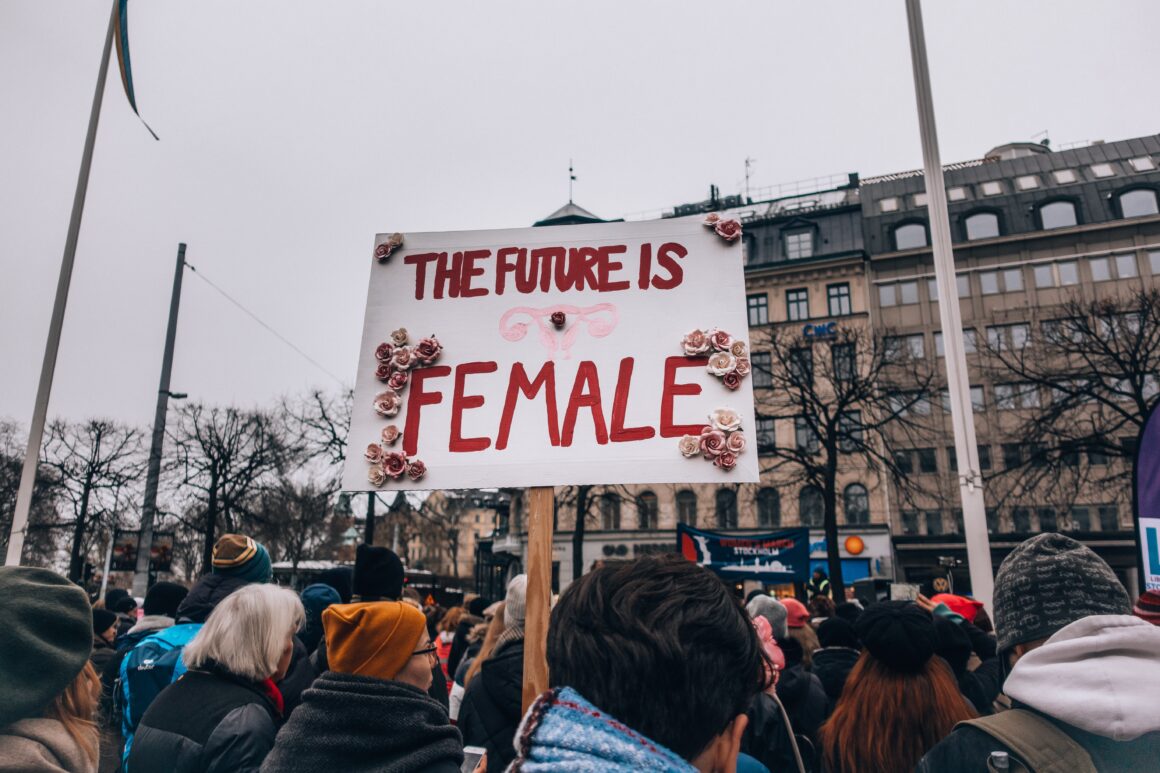On Saturday, Jan. 21, 2017, an estimated 5 million people protested the election of Donald Trump. What began as a Facebook post turned into the largest peaceful protest in American history, the Women’s March on Washington. About 500,000 people protested in the streets of Washington D.C., along with 670 sister marches taking place on every single continent. Needless to say, the protest was amazing, providing a platform for LGBT+, POC, and disabled communities. However, there were some glaring flaws to the Women’s March.
- Many protesters failed to be trans-inclusive. A common theme in the march was “p*ssy power”, with thousands of cis women carrying signs and banners that centered their message around their vagina. This perpetuates the idea that you need a vagina to be a woman, a rhetoric that entirely excludes trans women. Cis people: we can do better. We need to do more to support our sisters, not just our cis-ters.
- White women dominated the march. White women had a huge hand in Donald Trump’s election, with about 53% of white women giving their vote to him. These are the same white women who were seemingly missing during Black Lives Matter and Standing Rock protests. These women only showed up when issues directly impacted them, proving once again that white privilege is more important to white women than the suffering of POC communities. Activist and engineer Saadia Muzaffar wrote on Facebook, “Look at the photos. Notice how many white people are taking mementos, selfies, group photos—smiling faces as evidence of their certificate of goodness and having-done-something—and contrast that with what black and brown people [face] when we protest. Rubber bullets. Tear gas. Tasing. Pepper spray. Mass arrests. This dissonance is exhausting.”
- “Pro-life feminists” showed up. Although the invitation to the protest was open to all people, many felt uncomfortable by the presence of self-described “pro-life feminists.” I experienced this discomfort first hand, at the Trenton sister march. Religious groups came with signs that read, “Your body, God’s choice,” and “Abortion is oppression.” It left questions about intersectionality and acceptance hanging in the air. Should we let people who think women shouldn’t have control over their own bodies join our protest? Are women who support legislation outlawing abortion actually feminists? The answer is no. Feminism is about all women being equal to all men in the eyes of society and the law. Part of that equality comes from the idea that women should be in total control of themselves, and have the freedom to make decisions regarding motherhood, instead of conservative laws deciding for them. The presence of so called “pro-life feminists” destroys that aspect of equality.
No one can question the power and influence of the Women’s March. It reinforced modern female solidarity and showcased how a grassroots idea can become a world-wide movement. However, we can’t ignore the flaws that came with it. Understanding and recognizing these flaws will help create better protests in the future.



Comments are closed.